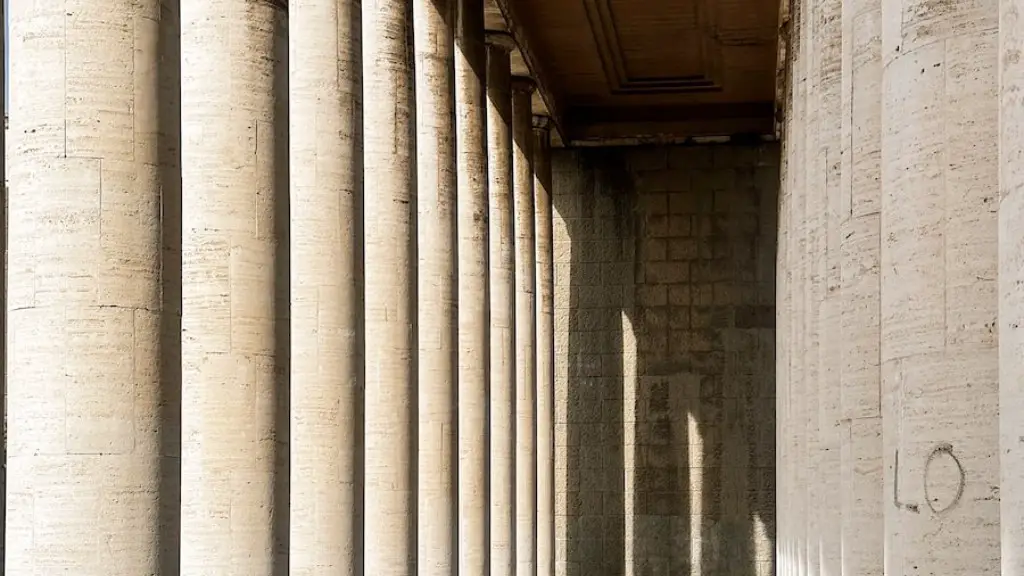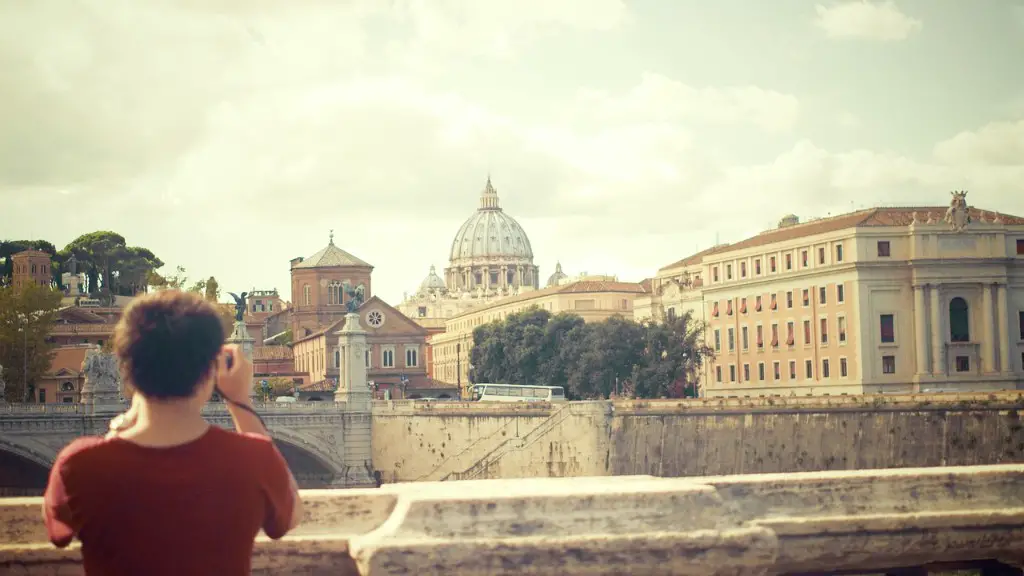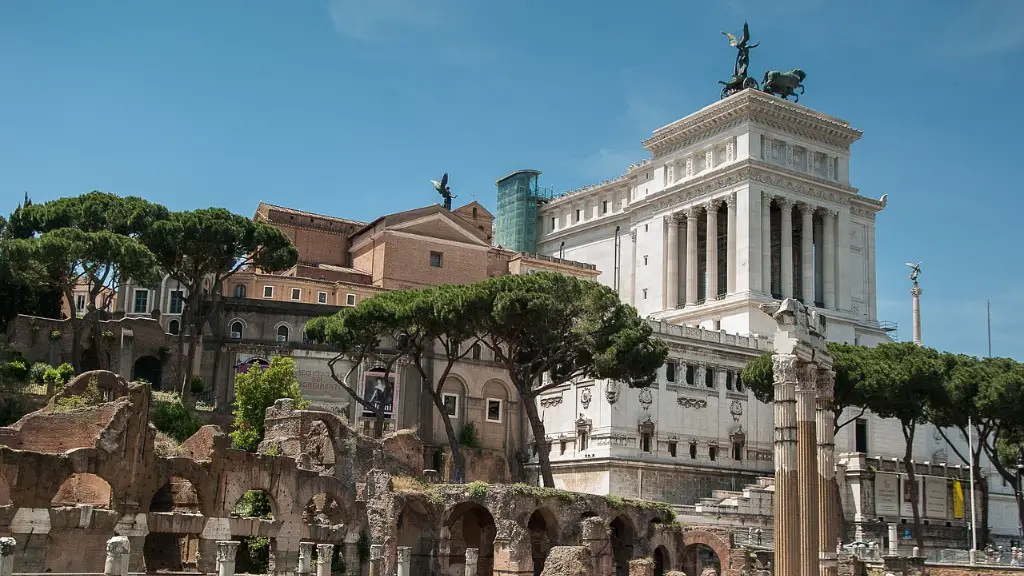Background
Ancient Rome was the birthplace of many aspects of modern society and recreation, with chariot racing being at the forefront. In its heyday before the fall of the Roman Empire, chariot racing was one of the most popular and celebrated forms of entertainment in ancient Rome with huge events taking place in the city’s Circus Maximus. The tradition of chariot racing dates back to the first Olympic Games held in 776 BC, with Rome taking it to new heights with the construction and outfitting of hippodrome-style tracks and professional teams.
Circus Maximus
The Circus Maximus was the biggest and most popular arena on which chariot races took place. It was built in the 6th century BC by Emperor Tarquinius Priscus, making it one of the oldest structures in the city.The structure could accommodate up to 250,000 people. The chariot racing events took place in a rectangular shape nearly 2,000 feet long and 700 feet wide. The starting gates were situated at one end, and the finish line at the other. The racetrack had sloped sides to give the spectators a better view of the races.
Competitions
Chariot racing events in Ancient Rome were typically held during religious festivals and were open to members of the upper classes. The races were divided into four distinct classes. These include the quadrigas (four-horse chariot teams), bigas (two-horse chariot teams), and two-man, four-horse chariot teams. As the drivers raced around the track, they hoped to win prizes and fame. During some of the bigger events, the prize was nothing less than a solid gold statue.
Factions
Four distinct factions, each with their own colour and symbol, dominated the chariot racing scene. These included the red, blue, white and green. Fans of each faction supported their preferred team, and often wars broke out between factions. Fights also occurred between teams during the races, with drivers and horses using whatever means necessary to keep ahead.
Betting
Betting on chariot races was also a popular pastime in Ancient Rome. Spectators would place bets on the drivers they thought were the most capable and stand to win a substantial prize if they guessed correctly. In some cases, powerful and wealthy people were known to bet large amounts of money. These people often had a vested interest in the outcome and would influence the result by bribing the drivers to win or lose.
Legacy
Chariot racing was one of the defining features of Ancient Rome and had an intrinsic link to Roman culture and society. The tradition has been carried on by modern societies, with cultures all over the world still holding and celebrating such events. Although the form has changed over time, and the sense of fandom and pageantry has reduced, the true spirit of chariot racing still lives on.
Safety Measures
The Roman authorities had taken various safety measures to ensure that the sport was safe for the spectators, drivers and horses. These included building the track with a large wall and dividing the track into two to prevent head-on collisions and horses tripping over each other. The romans also used a range of materials to line the track to reduce the impact of the horses’ hooves. Notably, a large number of water cleaners were employed to keep the track as safe and clean as possible.
Animal Treatment
Chariot racing also played a major role in shaping the breeding and treatment of horses. The romans felt a great responsibility towards their horses and developed advanced methods for training, caring and breeding them. They served their horses the best diets possible and took great care of them in order to ensure top performance. The horses of Rome were considered so important that laws were created in order to protect them from mistreatment.
Societal Impact
Chariot racing had an immense impact on Roman society and culture. The competition, ferocious fighting and betting associated with it were key components in popularising the sport amongst many different classes of society. The sport was also seen as a symbol of courage, strength and luxury.
Drugs and Performance Enhancing Treatments
Performance-enhancing treatments, drugs and techniques were commonly used in Roman chariot racing to help improve the performance of the horses. Some of these treatments were used to stimulate the horses and make them move faster, while others were used as painkillers to dull the sensation of injury and fatigue. Many of these treatments were administered in secret, and some have been known to have dangerous side-effects on the horses.
Technology and Innovation
Innovations in technology allowed Rome to continue chariot racing for centuries. They developed techniques such as waterproofing the track with a type of concrete and introducing flexible wooden chariot wheels to improve the smoothness of the ride. These innovations enabled the sport to persist despite the rise and fall of the Roman Empire.
Golden Age
At its peak, chariot racing developed from an Olympic activity to a popular pastime in Ancient Rome. The Golden Age of chariot racing was spurred by the influence of wealthy sponsors, rulers and nobles. This led to an increase in the number of teams and races as well as an uptick in the prizes and rewards for the winning teams.
Financial Incentives
Chariot racing provided a great incentive for money-minded people in Ancient Rome. Drivers and handlers were paid a great deal by their sponsors and owners, while the spectators were able to make decent profits through betting. The wealthy owners and sponsors were able to gain even more wealth and power through winning the races.
Celebration
Chariot racing was a major source of amusement and celebration in Ancient Rome. During big events, celebrations would be held throughout the city. Winners were honoured and awarded, while the spectacle of chariot racing was further highlighted with music, parades and decorations.
Decline
Chariot racing eventually declined as the Roman Empire weakened. With the decline of Ancient Rome, the sport was overshadowed by other forms of entertainment and was eventually replaced by medieval jousts and tournaments. Despite this, some of the spectacle and excitement of chariot racing still lives on today in modern sports such as horse racing and NASCAR.



